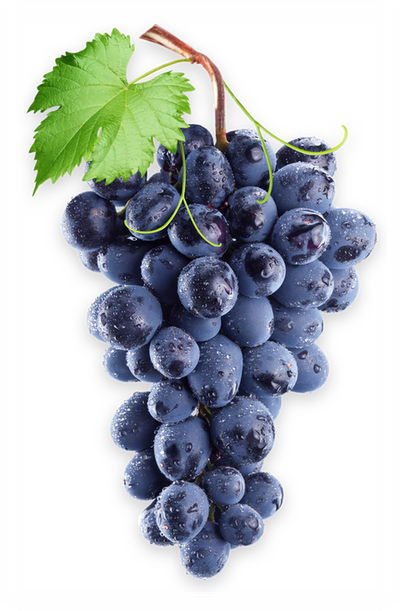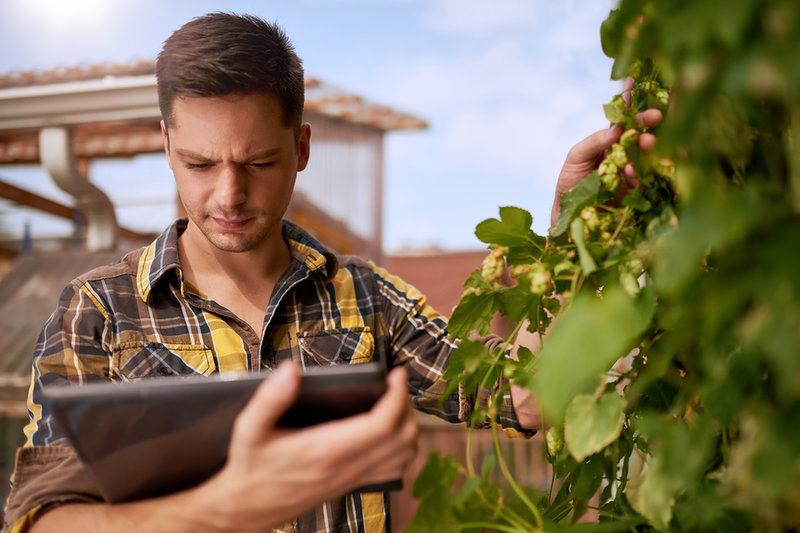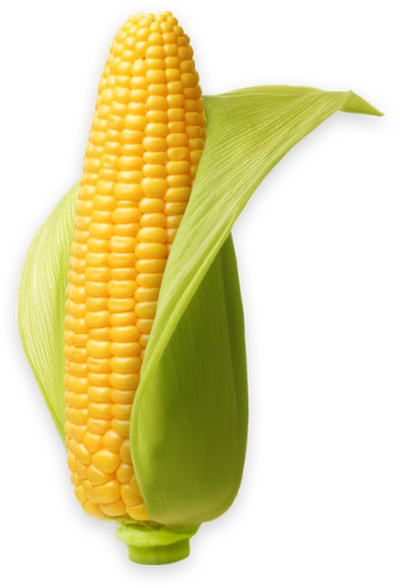user acceptance of iot solutions

User acceptance
in agrifood

The external environment in the agri-food sector is more variable and unpredictable than in any other sector; and therefore the need to reduce uncertainties in food quality and safety is more urgent.
IoT applications in agri-food allow monitoring, controlling, planning and optimization of processes in a virtual way in addition to relying on only physical observations. Agri-food supply chain partners can use IoT to build self-adaptive systems in which smart objects operate, decide and learn autonomously. The agri-food sector is expected to benefit from IoT in dealing with major sustainability challenges, such as food waste, variable harvest, unpredictable supply, food safety, and agri-food sustainability. Additionally, IoT solutions improve safety systems and support making informed decision, e.g. by providing warning systems in case of incidents, allowing re-considering decisions in case of unexpected change in external environments.
"Uptake and acceptance of technology can increase when the technology is better matched with user needs and user expectations, and capacities are better matched with what the technology offers."
However, the IoT technologies have not yet achieved wide uptake and acceptance as one would expect. To achieve wider uptake and acceptance, technologies need to be properly embedded in the food chain and integrated with the business models of the chain actors. Many factors explain the slow uptake, such as lack of certain technical and technological quality, infrastructure, compatibility and interoperability standards, concern about safety, high costs and uncertainty about benefits and usability. In addition, lacking trust in data sharing is an important hurdle for the uptake of end users, as has been described in other activities of IoF2020 (see for example D7.3, D7.4, D7.6, and the data sharing activity report). Uptake and acceptance of technology can increase when the technology is better matched with user needs, values and user expectations, and capacities are better matched with what the technology offers. To realize acceptable IoT applications, end user’s needs, values, concerns and capacities need to be considered. Technology innovation can be driven from a business or technology perspective. A new technology solution is aimed at end users, who are the driving force of user acceptance with respect to their needs, concerns and expectations. Key aspects to increase user acceptance at the project level and adoption at a larger scale are often hidden to the end user and impacted by system design, architecture and potential interoperability of technological and specifically IoT based distributed components. IoF2020 includes end users for the entire supply chain, from farm to the plate. These can be farm equipment suppliers, food processing companies, transporters, retailers and consumer associations.
The end users in IoF2020 use cases are categorized into two types of end users. These are (1) the dairy, meat, fruit, vegetable and arable farmers across trials and (2) the processing companies. For example, dairy processing companies from Use Case 2.4 can use an information platform to access quality assurance service of locally obtained milk and remote dairy composition analyses. Let's find out what IoF2020 end users have to say about their experience with the IoF2020 solutions.

Box 1
The three phases of value sensitive design
Value Sensitive Design (VSD) consists of the following three phases, therefore it is also called the tripartite methodology (Friedman & Hendry, 2019):
- A conceptual research which includes philosophically based analysis of the central constructs and issues to be investigated. What values do we consider important? How should we make a trade-off between competing values such as access versus privacy, or security versus trust?
- An empirical study which focuses on the human response to the technical artifact and the social context in which the technology resides.
- A technical investigation focused on the design and performance of the technology itself, which concerns both existing technologies and the design of new technical systems.
VSD does not replace but is complementary to the existing user design process of a technology. Like Umbrello and De Bellis (2018: 14) stated: “Value sensitive design can and should be integrated and take into account existent design approaches employed by engineers and designers of intelligent agents."
The application of VSD has resulted in actual changes in or adjustments to the technology design (Winkler and Spiekermann, 2018). There are many examples of technology development projects that used the full tripartite method. Few projects also iterated between the three types of research. By examining the way these projects have applied the VSD method, technology developers can learn how to apply the VSD method for their own technology designs.
Box 2
Example of an iterative Value Sensitive Design process
making a mobility app for blind people
Conceptual research
In the conceptual research the researchers identified the key stakeholders – both direct and indirect stakeholders - related to applications that support blind and deafblind people in using public transport. Then researchers made a first identification of values at stake in the domain. For this, the researchers used the UN Convention on the Rights of People with Disabilities. They also found other values that play a role such as security, trust and privacy. Safety turned out to be very important for the potential users.
Empirical study (1): identifying values
In this phase the researchers conducted 30- to 45-minutes semi-structured interviews with 6 blind adults (2 men and 4 women). The 6 participants gave the highest priority to the values ‘independence’ and ‘trust’. They expressed great concern about ‘safety’. The participants often asked other people for information about their environment, but people who give reliable information are not always present. They preferred to access information on their iPhone or GPS system (in accordance with the importance of independence). But getting the information by speech can be distracting and unsafe or difficult to hear when they are in the bus or train. The present professional specialized supporting technology was expensive and inconvenient to carry.
The researchers also conducted 30-minute semi-structured interviews with 7 deafblind adults (4 men, 3 women) and an instructor who provides orientation and mobility training to deafblind people. As with the blind participants, the values of independence, trust and security were prioritized/highlighted in the interviews. All deafblind participants and the instructor associated access to information with the values security and trust. This information is about a person's physical environment (e.g. trees in the middle of sidewalks), bus arrival times, upcoming bus stops and communication with the driver.
The researchers also included bus drivers in the conceptual study because they are the main indirect stakeholders for the technology application. The bus drivers who accidentally transport the blind and deafblind are responsible for the safe arrival at their destination. The researchers sent a survey on drivers' opinions and values to 500 bus drivers. The surveys were completed anonymously. The response was 47%. The survey mainly focused on real-time switching information tools. Part of the survey included questions about passengers who are blind or deafblind. The researchers coded the answers by grouping them into positive, neutral and negative feelings about the carriage of blind or deaf-blind passengers. With few exceptions, responses were very positive.
Technical investigation
Assess current technology
Already in the former empirical research phase, the researchers described current technology, including GPS systems, Braille annotation devices and wearable communication devices especially for deafblind people. These technologies give access to information that provides a certain degree of independence for blind and deafblind people. Other values that were important to the participants were not yet supported by current technology, such as affordability and comfort. Blind participants said that information in Braille had several advantages over information in speech. But deafblind participants have no speech and therefore need Braille devices.
The MoBraille Framework
To better support the identified values, the researchers designed a system that allows blind and deafblind people to access information via Braille on a small, regular smartphone. The system was called MoBraille ("mobile braille").
GoBraille for the blind in public transport
The researchers also developed a MoBraille application (called GoBraille) for the blind that enabled them to get information about (1) the nearest intersection and address, (2) real-time bus arrival for nearby stops and (3) non-visual landmarks and specific location information about nearby stops. In addition, the researchers have also developed a version of GoBraille for deafblind people that gives them real-time information about the bus arrival at his or her current stop. Based on iterative feedback from a deafblind participant, the researchers simplified the interface for deafblind people.
Empirical study (2): evaluating the designed technology applications
Evaluation of GoBraille for the blind
The researchers had GoBraille assessed by 10 blind adults who regularly rode the public transport bus. The evaluation focused on the new aspects of the GoBraille. The evaluation was conducted on a sidewalk of a busy street and near several bus stops. After the researchers explained how the GoBraille application worked, the 10 blind participants were given several tasks to perform using the application. When the tasks were completed the researchers conducted a 20-minute semi-structured interview with the 10 participants. The aim of the interview was to determine how the access to GoBraille’s various information sources would affect a participant's sense of independence and security when using public transportation. The researchers wanted to know how the input and output in Braille interacted with the system. It turned out that the participants were very satisfied with the system.
Co-design with a blind-deaf person
The researchers developed a version of GoBraille for deafblind people by working with a deafblind person who used the bus regularly. This happened in 3 sessions of 1.5 hours each. In each design session several problems emerged. The lessons the researchers learned from this co-design process have been translated into three general guidelines that can be used for designing such applications.
Source: Azenkot, S., S. Prasian, A. Borning, E. Fortuna, R.E. Ladner, J.O. Wobbrock, 2011. Enhancing Independence and Safety for Blind and Deaf-Blind Public Transit Riders. CHI 2011. Vancouver, BC, Canada.